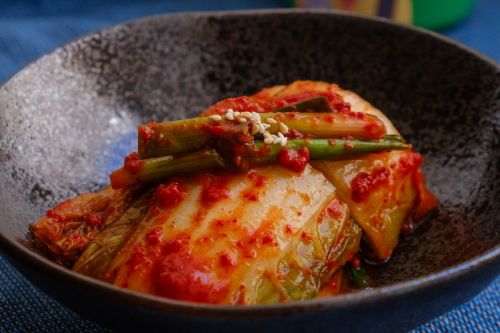Maize is considered to have originated in Mesoamerica, where its cultivation had a significant impact on the ancient civilizations that developed there. It even earned the nickname "the gold of the Americas" because it was the basis of food, a trading commodity, and an object of religious worship.
Thanks to trade contacts, it spread to other regions of the world, and thanks to Columbus, it came to Europe. It is produced more than any other grain, and the United States is the leader in its production.
There are two main species of the genus Zea (out of six total): Zea mays - common corn and Zea diploperennsis - teosinte (a perennial wild variety), which is more of a weed that readily crosses with corn.
An annual variety of teosinte (teosynta) called Zea mays mexicana is the closest botanical relative of corn. It still grows in the wild as an annual plant in Mexico and Guatemala.
Maize is believed to be a degenerate form of this grass that evolved through mutation and was perpetuated by humans.
The dispute over its origin is long-standing and has been between different regions of America, Africa, and Asia. However, most historians believe corn was domesticated in the Tehuacan Valley or the Balsas River Valley of Mexico about 9,000 years ago.
The oldest extant types of corn are from the Mexican highlands, from where corn spread to the Americas.
It had a significant influence on these civilizations because it was an essential food source. In addition, it was surrounded by religious worship, believing that the gods made man out of flour from corn.
The cultivation of corn contributed to the displacement of the hunter-gatherer culture and the transition to an agricultural economy.
It was also related to the fact that wheat flour could not be substituted for corn flour when making the Eucharistic wafer ( in the Christian faith, only wheat bread could be transubstantiated into the body of Christ).
Some Spaniards also feared that by eating corn, which they did not consider a valuable food, they would weaken themselves and become more like the Indians.
From the Europeans' point of view, the food they ate, more than the environment they lived in, gave the Indians and Spaniards both distinctive physical features and distinct personalities.
It had many advantages over wheat or barley - it yielded two and a half times more food energy (the chemical energy that animals derive from food to sustain metabolism) per unit of cultivated area.
In addition, corn could grow in successive years in the same field, in different climates (both dry and wet), and at different altitudes.
To repay them, the settlers organized a festival of thanksgiving lasting several days after the first harvest, thanking the natives for their help in surviving the first year on the new land.
The Festival was somewhat a seedline of the national Thanksgiving Day holiday established in 1863 by President Abraham Lincoln.
The tallest recorded plant reached 14 meters (46 feet) in height. The corn stalk consists of 20 internodes 18 cm (7 in) long. The leaves grow from the internodes alternately and are entire-edged.
The tip of the plant ends in a male inflorescence. When it is mature, the anthers burst, and anemophilous (spread by the wind) pollen is released. Female inflorescences are set on shortened lateral stems that form flasks.
The fruit is a cob with a shape and color depending on the variety (from white, through yellow, orange, brown, to dark purple).
DIMBOA (2,4-dihydroxy-7-methoxy-1,4-benzoxazin-3-one) belongs to a group of hydroxamic acids (benzoxazinoids) that serve as natural defenses against a wide range of pests, including insects, pathogenic fungi, and bacteria. As corn matures, DIMBOA levels decrease.
DIMBOA is also found in wheat.
The spread of large-scale cultivation and consumption in eastern North America occurred around 900 AD. It was grown along with beans and squash on hillsides by Native Americans in a complex system known as the "Three Sisters."
Corn provided support for the beans, and the beans provided nitrogen from nitrogen-fixing rhizobia bacteria that live on the roots of beans and other legumes. "The third sister" was squash, which covered the ground, preventing weed growth and also inhibited evaporation by providing shade to the soil.
It is used to produce corn starch, a staple ingredient in home cooking and many industrial food products. Corn starch can be hydrolyzed and enzymatically treated to produce syrups, especially high fructose corn syrup, and fermented and distilled to produce grain alcohol.
Corn grain alcohol is the traditional source for Bourbon production. Corn flour is used to make cornbread.
The Maya used such flour to make various porridges and tamales (grated corn wrapped in corn leaves), which were later used in the cuisine of the American South to prepare mămăligă, among other dishes.
Corn is a staple of Mexican cuisine.
It is a thermophilic root crop that requires temperatures above 10 °C (50 °F) for germination and above 16 °C (60 °F) in subsequent stages of vegetation. Its greatest growth occurs at 22 °C (72 °F).
In Europe, the main maize growing areas are: Ukraine, Romania, Hungary, France and Serbia.












